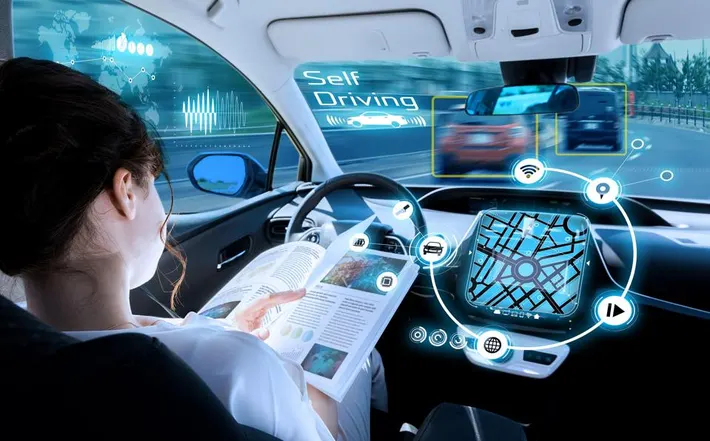The advent of autonomous driving technology is set to revolutionize the way we travel. With rapid advancements in artificial intelligence, sensors, and connectivity, the next decade promises significant changes in how autonomous vehicles (AVs) will integrate into our daily lives. Here’s a look at what to expect in the future of autonomous driving and how it might shape our world.
**1. Widespread Adoption of Level 4 and Level 5 Autonomous Vehicles
Over the next decade, we anticipate a major shift from the current Level 2 and Level 3 automation to Level 4 and Level 5 vehicles.
- Level 4 vehicles will be able to operate autonomously within specific environments, such as urban areas or geo-fenced locations, without human intervention. These vehicles will be designed to handle most driving tasks and can even manage themselves in certain situations.
- Level 5 represents full automation, where vehicles can operate without any human input. Passengers will no longer need to take control at any point, allowing for a completely hands-free driving experience.
**2. Enhanced Safety and Traffic Management
Autonomous vehicles are expected to significantly improve road safety. By reducing human error—such as distracted or impaired driving—AVs can help decrease the number of accidents. Additionally, advanced algorithms and real-time data processing will enable:
- Optimized Traffic Flow: AVs will communicate with each other and with smart infrastructure to optimize traffic patterns, reduce congestion, and minimize delays.
- Predictive Maintenance: Vehicles will monitor their own systems and predict potential issues before they become critical, enhancing safety and reliability.

**3. Integration with Smart Cities
The development of smart cities will go hand-in-hand with the rise of autonomous driving. These cities will feature advanced infrastructure designed to support and enhance AV operations:
- Smart Traffic Signals: Traffic lights and signs will communicate with autonomous vehicles to manage traffic flow and reduce waiting times.
- Connected Roadways: Roads will be equipped with sensors and communication systems to provide real-time information to AVs, improving navigation and safety.
**4. Changes in Urban Mobility and Car Ownership
The rise of autonomous vehicles will lead to shifts in urban mobility and car ownership models:
- Ride-Sharing and Mobility-as-a-Service (MaaS): Autonomous vehicles will facilitate the growth of ride-sharing services, allowing for efficient and flexible transportation options without the need for private vehicle ownership.
- Reduced Parking Needs: With AVs capable of self-parking and managing parking spaces efficiently, urban areas may see a decrease in the need for large parking structures and spaces.
**5. Regulatory and Ethical Considerations
As autonomous driving technology advances, regulatory and ethical issues will come to the forefront:
- Regulation and Legislation: Governments will need to develop and implement regulations to ensure the safe deployment of autonomous vehicles. This includes establishing standards for vehicle performance, cybersecurity, and liability.
- Ethical Decision-Making: AVs will be programmed to make decisions in complex situations, raising ethical questions about how they should prioritize safety and navigate moral dilemmas.
**6. Advancements in Vehicle Technology
The next decade will bring continued innovation in vehicle technology, including:
- Improved Sensors and Cameras: Enhanced sensor technologies, such as LiDAR and advanced radar, will provide AVs with better perception capabilities, allowing for more accurate and reliable operation.
- Artificial Intelligence: Advances in AI will enable vehicles to learn and adapt to various driving conditions and scenarios, improving their overall performance and decision-making.
**7. Impact on Employment and Economy
The widespread adoption of autonomous vehicles will have significant economic and employment impacts:
- Job Displacement and Creation: While some jobs, such as driving-related professions, may be displaced, new opportunities will emerge in fields related to AV technology, including software development, maintenance, and infrastructure planning.
- Economic Efficiency: AVs could lead to increased economic efficiency by reducing transportation costs, optimizing logistics, and improving productivity through more efficient travel and delivery systems.
Conclusion
The future of autonomous driving holds immense potential for transforming transportation and improving quality of life. As technology continues to evolve, we can expect to see greater adoption of fully autonomous vehicles, enhanced safety and efficiency, and significant changes in urban mobility and infrastructure. While challenges remain, the next decade promises exciting developments that will shape the future of how we travel and interact with our surroundings.